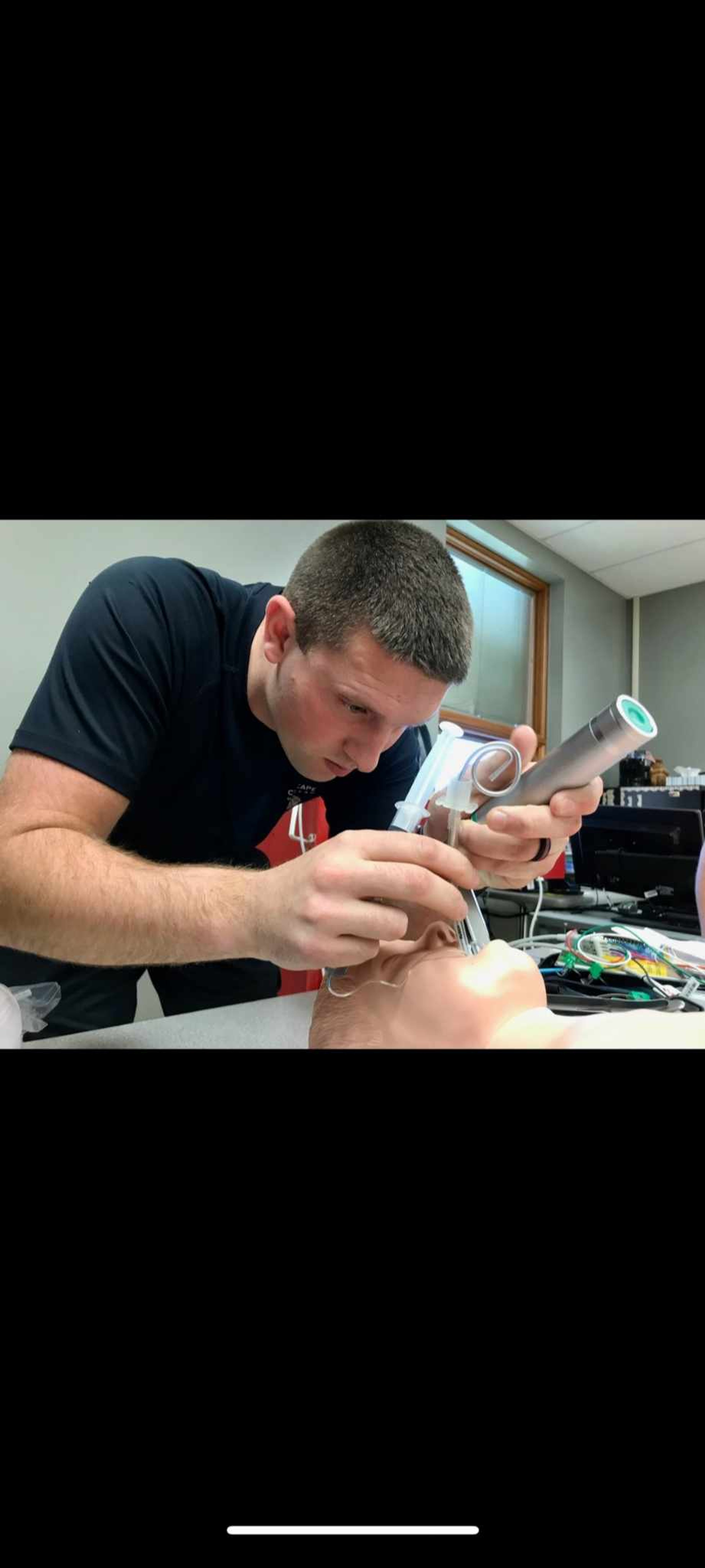Peppers
Tomatoes take about eight to nine weeks from planting the seed until they are ready to transplant. Peppers, on the other hand, take even longer. I would say most varieties of peppers will take from 10 to 12 weeks to get ready from planting the seed until you can transplant it. ...
Tomatoes take about eight to nine weeks from planting the seed until they are ready to transplant. Peppers, on the other hand, take even longer. I would say most varieties of peppers will take from 10 to 12 weeks to get ready from planting the seed until you can transplant it. Peppers come in sweet and, on the other end, blazing hot. I can't do them. I usually grow some Ancho or Polanco peppers as well as a few jalapeno peppers. I like to grow Alma Paprika peppers and some of them will really get hot.
Peppers can be yellow or orange or red or almost white or purple and brown and probably even more. My favorite color is orange followed by yellow and then red and last of all green. Orange is probably the sweetest in my opinion followed by yellow and on down the line. Colored peppers take longer to mature then green ones. Another interesting tidbit is the wall thickness of a pepper increases as it mature. A pepper may look mature but the wall thickness may be thin and thus immature. Peppers are just like tomatoes in there are open-pollinated varieties as well as hybrids. The open-pollinated varieties are so you can save the seed and grow true to variety peppers the next year. Hybrids won't.
We grew some habanero peppers one year, but actually cut them down and got rid of them. Our dog, Queeny, would pick a pepper and eat it, and I didn't want the pepper to hurt her. So we won't grow them anymore. I don't think Dutchess would eat them, but we aren't going to grow them anyway. So now we grow mostly sweet bell peppers and a couple mildly warm peppers. Some peppers are used in cooking as a spice type peppers. Some go into chili and some onto pizza. If you have ever eaten a chili relleno at a Mexican restaurant, you have eaten an Ancho or Polanco pepper. They are fairly warm, but I can't say they are hot. Not nearly as hot as a Jalapeno.
Johnny's Seeds Catalog has an excellent list of different diseases and resistance codes on peppers. Some peppers might be resistant to TMV or Tobacco Mosaic Virus, while another will be resistant to PVY or Potato Virus Y. Many of the different varieties of peppers will be resistant to some of these diseases. As you grow your peppers you might see spots on the leaves of the pepper. This could indicate Bacterial Leaf Spot. By knowing the diseases you have in your garden, you can choose a variety that is resistant to your particular culprit.
Some chiles you might be familiar with are Thai chiles. These little peppers add heat and flavor and color to most any dish. Cayenne chiles range from red to green to a kind of purple. Other peppers that you might like that are extremely hot are habanero or hot paper lantern or ghost peppers. I've watched some on TV work with them, and they wear latex gloves and masks. We'll let someone else work with them. Peppers will grow in most soils, but they prefer a ph of around 6.5 or so. Tomatoes can be planted deep, but I wouldn't transplant a pepper below the stem root mark. I'd probably water them in with a high phosphorus solution to enhance root development. I'd skip nitrogen right now. You can add a balanced solution later with nitrogen in it. Right at transplanting most all plants need phosphorus. I buy a fertilizer like 8-49-9 or so.
I grow mostly sweet bell peppers which can range in size from 2-inch by 2-inch size up to 3-inch by 8-inch size. Lunch-box size peppers are maybe 1 by 2 inches, while Big Bertha is maybe 3.5 by 8 inches. It is a huge green pepper which turns to red. If you can wait for it to turn a bright red color, the wall will be thick, and it will be super sweet. This is one of my favorite peppers. I like to take a Big Bertha and lay it over the fire on our kitchen stove and burn the hide on the pepper. The burned skin will slip right off leaving the thick fleshy part of the pepper. I like them on a sandwich or alone with salt. Awesome pepper.
Another bell pepper I like is a gourmet pepper. This is an orange pepper which is my favorite color. The peppers are about 3x3 inches. Many of these never make it to the house or the farmer's market. We end up eating many of them right out by the garden. After you have eaten an orange pepper and a green one out by the garden, you will go for the orange and skip the green one. Another one I like is Flavorburst. This is a golden yellow, four-lobbed pepper that is about 3 to 4 inches. The skin is thick and not real tough. It is a really good one to eat by the garden. Yellow peppers are sweet, but this one is a little sweeter where it's a golden yellow or almost having an orange tint.
Marge takes peppers of all colors and cuts them up into small pieces and freezes them in gallon or quart bags. Then when we want a few peppers for soup or scrambled eggs or meatloaf she takes out enough and uses them. I know there are other ways we use them as well. We also cook them with tomatoes when we are going to make juice and run them through the juicer. It ends up being a kind of pepper-tasting tomato juice. Last year we ended up with a bunch of ancho peppers and Alma paprika peppers, so we cooked and juiced them with some tomatoes. The juice was fairly warm. Good though. Marge also made some pepper relish that is awesome. We pickled some, and they are good on burgers and dogs and brats.
Grow some peppers this summer. Wait until all danger of frost is over. Peppers don't like cold weather.
Connect with the Southeast Missourian Newsroom:
For corrections to this story or other insights for the editor, click here. To submit a letter to the editor, click here. To learn about the Southeast Missourian’s AI Policy, click here.










